DATA MANAGEMENT
There are three core areas of focus within Data Management with members possessing a blend of Data Architecture, Engineering and Platform knowledge, with DevOps Culture underpinning all that we deliver for our customers.
What is Data Management?
Our Data Management practice collects, organises, and accesses data to support productivity, efficiency, and decision-making. Given the pivotal role data plays in business today, a solid data management strategy and a modern data management system are essential for every company – regardless of size or industry.
The data management process includes a wide range of tasks and procedures, such as:
- Collecting, processing, validating, and storing data
- Integrating different types of data from disparate sources, including structured and unstructured data
- Ensuring high data availability and disaster recovery
- Governing how data is used and accessed by people and apps
- Protecting and securing data and ensuring data privacy
Why is Data Management important for your business?
We see Data as a corporate asset that can be used to make better-informed business decisions, improve marketing campaigns, optimize business operations and reduce costs, all with the goal of increasing revenue and profits. But a lack of proper data management can saddle organisations with incompatible data silos, inconsistent data sets and data quality problems that limit their ability to run business intelligence (BI) and analytics applications or lead to faulty findings.
Our Data Management practice also gives importance as businesses are subjected to an increasing number of regulatory compliance requirements, including data privacy and protection laws such as GDPR. In addition, companies are capturing ever-larger volumes of data and a wider variety of data types. Without good data management, such environments can become unwieldy and hard to navigate.
Every application, analytics solution, and algorithm used in a business (the rules and associated process that allow computers to solve problems and complete tasks) depends on seamless access to data. At its core, a data management system helps ensure data is secure, available, and accurate.
How We Deliver a Successful Data Management Program
- Established data governance controls that provide security by limiting access to data to only authorised users, making it easy to identify the data you’re looking for with clear metadata.
- Easily accessible data, including streaming, transactional, structured and unstructured data.
- An infrastructure that can evolve as business needs change.
- The ability to work with existing and legacy technologies without having to go through the expensive task of “ripping and replacing.”
- Consistent and controlled data sharing across business domains, allowing for data use in operations, analytics, and governance.
Data Quality Standards We Target
Consistency
Accuracy
Completeness
Auditability
Timeliness
Uniqueness
DATA MANAGEMENT SYSTEMS AND COMPONENTS
We build on data management platforms and include a range of components and processes that work together to help you extract value from your data. These can include database management systems, data warehouses and lakes, data integration tools, analytics, and more.
To help you manage corporate data throughout its life cycle, we implement a comprehensive data management program, which includes the following elements.
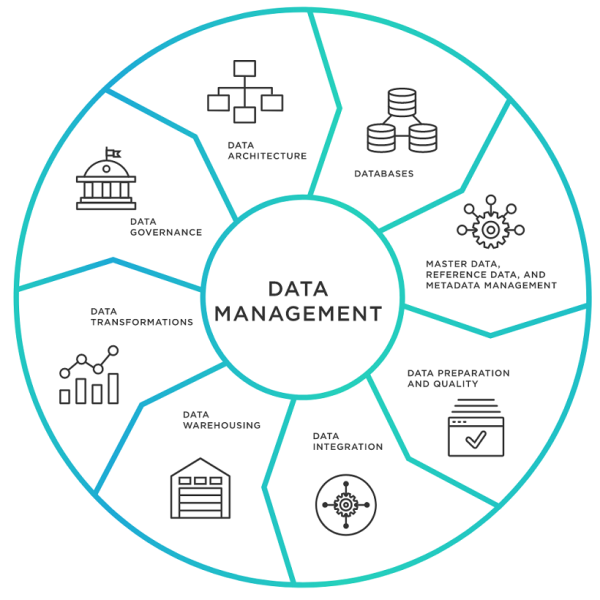
Database Management Systems (DBMS)
There are many different kinds of database management systems. The most common ones include relational database management systems, object-oriented database management systems, in-memory databases, and columnar databases.
We offer the best database technology solutions and development on it rely upon the business requirements with cost effective way.
Relational database management system (RDBMS): An RDBMS is a database management system that contains data definitions so that programs and retrieval systems can reference data items by name, rather than describing the structure and location of the data each time. Based on the relational model, RDBMS systems also maintain relationships between data items that enhance access and avoid duplication. An item’s basic definition and characteristics, for example, are stored once and linked to customer order detail lines and pricing tables.
In-memory database: An in-memory database (IMDB) stores data in a computer’s main memory (RAM), instead of on a disk drive. Retrieval from memory is much faster than retrieval from a disk-based system, so in-memory databases are commonly used by applications that require rapid response times. For example, what once took days to compile into a report can now be accessed and analysed in minutes, if not seconds.
NoSQL databases: They don’t impose rigid requirements on data models and database schemas. As a result, they can store unstructured and semi-structured data, such as sensor data, internet clickstream records and network, server and application logs.
There are four main types of NoSQL systems
- Document databases that store data elements in document-like structures;
- Key-value databases that pair unique keys and associated values;
- Wide-column stores with tables that have a large number of columns;
- Graph databases that connect related data elements in a graph format.
Columnar database: A columnar database stores groups of related data (a “column” of information) together for quick access. It is used in modern in-memory business applications and for many standalone data warehouse applications where retrieval speed (of a limited range of data) is important.
Data Warehouses and Lakes
Goaltech provides a full range of data warehousing services, including data warehouse research, discovery, implementation, and support to help you get the maximum value from your data.

Data warehouse research and design
Our team will help you create an effective data warehouse strategy, choose the best data warehouse model, and build a prototype.
Data warehouse implementation
We offer an entire cycle of DWH development: from integration of data sources to full automation of data processes.
Data warehouse migration/optimisation
Our experts will migrate your DWH to the cloud, scale it up, and help you optimize performance and costs.
Data warehouse support
We will implement small adjustments, make changes that are covered by SLA, and provide an overall support of your DWH.
How can you benefit from data warehouse consulting?
CONSOLIDATE DATA ACCESS
REDUCE HUMAN INVOLVEMENT
OPTIMIZE COSTS
ACCELERATE ROI
How it works?
01. Strategy
- Clarification of the stakeholders’ vision and objectives
- Reviewing the environment and existing systems
- Measuring current capability and scalability
- Creating a risk management framework
02. Discovery phase
- Defining client’s business needs
- Analysis of existing reports and ML models
- Review and documentation of existing data sources, and existing data connectors
- Estimation of the budget for the project and team composition.
- Data quality analysis
- Detailed analysis of metrics
- Logical design of data warehouse
- Logical design of ETL architecture
- Proposing several solutions with different tech stacks
- Building a prototype
03. Development
- Physical design of databases and schemas
- Integration of data sources
- Development of ETL routines
- Data profiling
- Loading historical data into data warehouse
- Implementing data quality checks
- Data automation tuning
- Achieving DWH stability
04. Ongoing support
- Fixing issues within the SLA
- Lowering storage and processing costs
- Small enhancement
- Supervision of systems
- Ongoing cost optimisation
- Product support and fault elimination
Data Lake
We develop a data lake as a vast pool of data stored in its raw or natural format. We point out data lake solutions typically used to store Big Data, including structured, unstructured, and semi-structured data for use in predictive modelling, machine learning and other advanced analytics applications. Initially, they were most commonly built on Hadoop clusters, but S3 and other cloud object storage services are increasingly being used for data lake deployments. They’re sometimes also deployed on NoSQL databases, and different platforms can be combined in a distributed data lake environment. The data may be processed for analysis when it’s ingested, but a data lake often contains raw data stored as is. In that case, data scientists and other analysts typically do their own data preparation for specific analytical uses.
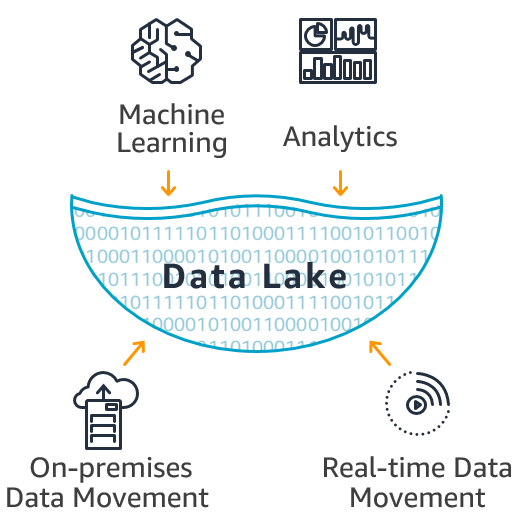
We also implement as a third platform option for storing and processing analytical data has also emerged: the data lakehouse. As its name indicates, it combines elements of data lakes and data warehouses, merging the flexible data storage, scalability and lower cost of a data lake with the querying capabilities and more rigorous data management structure of a data warehouse.
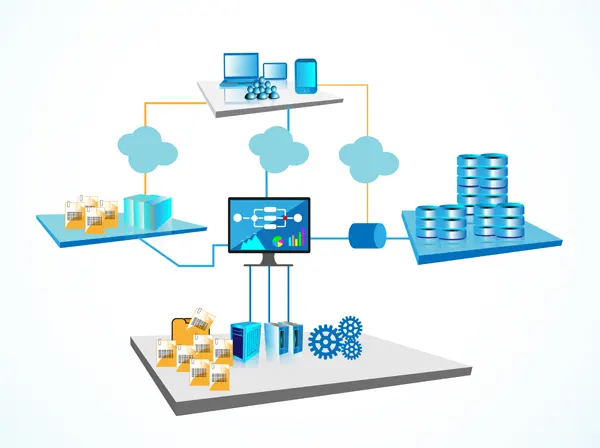
Data Architecture
The right Data Architecture is crucial to enabling your data strategy and related business goals and objectives. It is essential to understand your current and future business requirements to be able to define and implement the right Data Architecture for your organisation.
Data must be consolidated and presented to all those who consume it, which includes your colleagues, customers and regulators. Each of these consumer groups has vastly different requirements in terms of what they need to see, how they need to use the data and the security around access. We will work with you to ensure your Data Architecture meets all their needs and supports your business objectives.
Master Data Management (MDM)
We use master data management as a discipline of creating one trusted master reference (a single version of the truth) for all important business data, such as product data, customer data, asset data, finance data, and more.We help businesses to ensure not use multiple, potentially inconsistent versions of data in different parts of business, including processes, operations, and analytics and reporting using MDM. The three key pillars to effective MDM include: data consolidation, data governance, and data quality management.
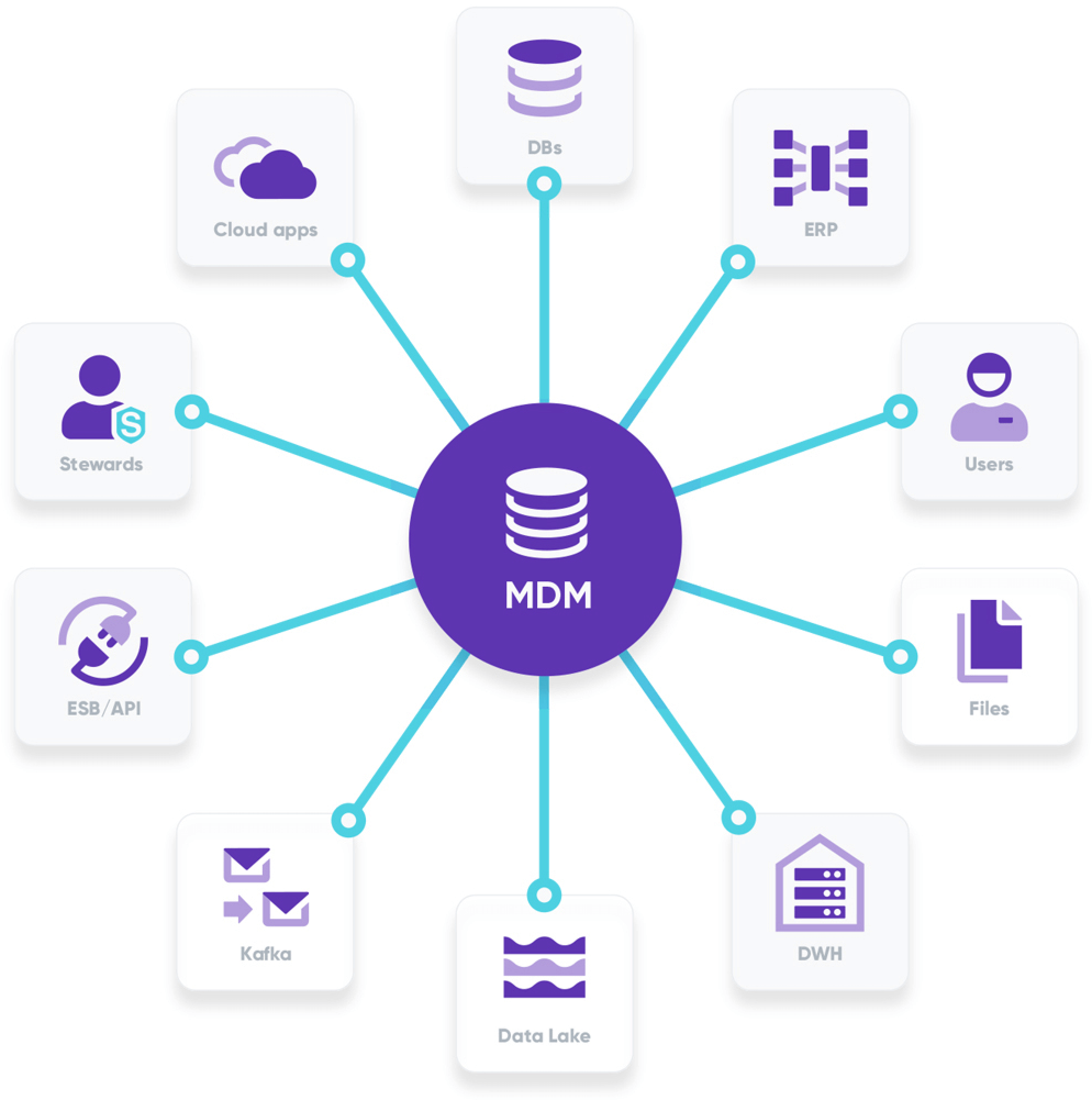
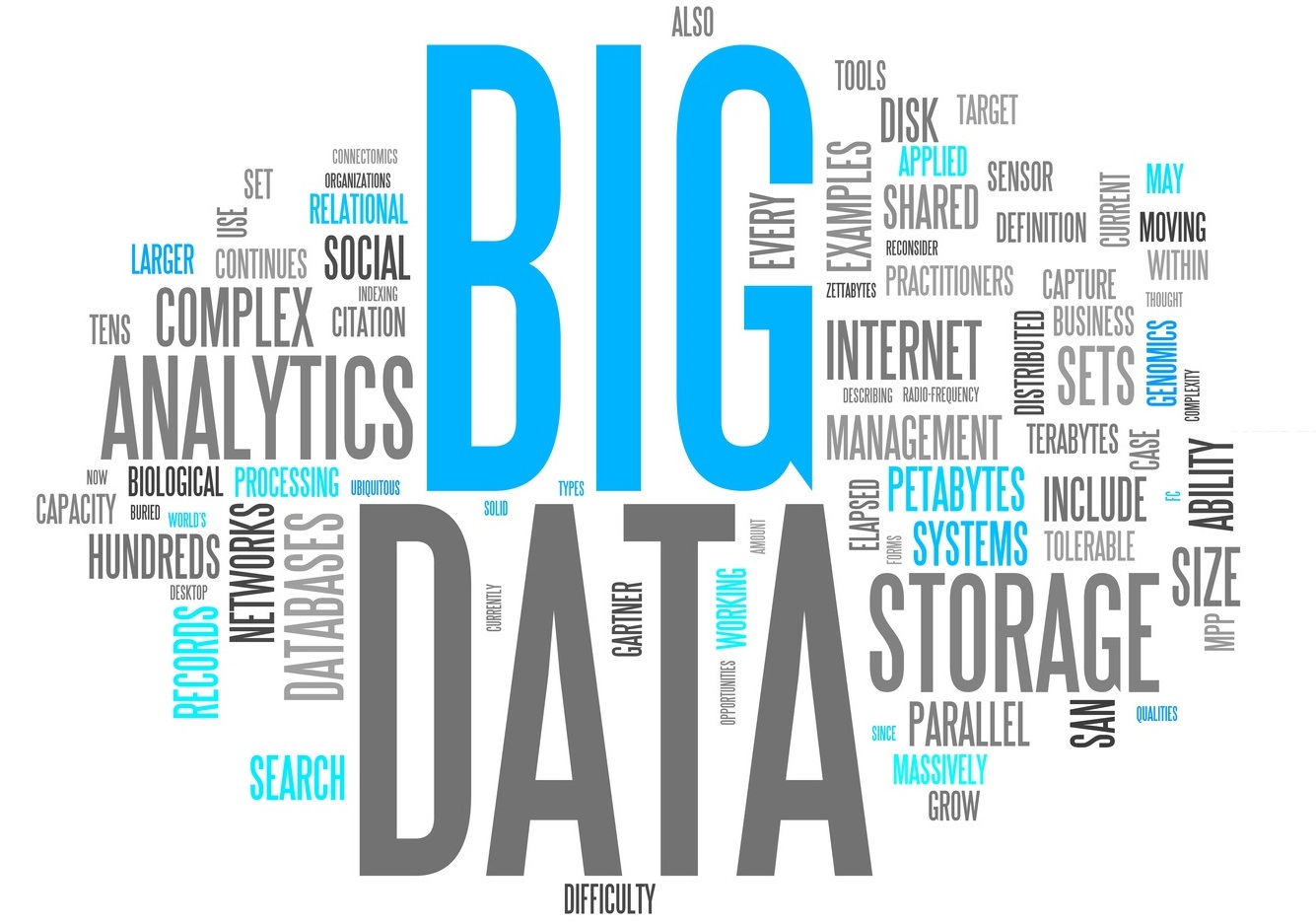
Big Data Management
We offer to use new types of databases and tools that have been developed to manage Big Data – massive volumes of structured, unstructured, and semi-structured data inundating businesses today. In addition to highly efficient processing techniques and cloud-based facilities to handle the volume and velocity, new approaches to interpreting and managing the data variety have been created. In order for the data management tools to be able to understand and work with different kinds of unstructured data, for example, new pre-processing processes are used to identify and classify data items to facilitate storage and retrieval.
NoSQL databases are often used in big data deployments because of their ability to store and manage various data types. Big data environments are also commonly built around open-source technologies such as Hadoop, a distributed processing framework with a file system that runs across clusters of commodity servers; its associated HBase database; the Spark processing engine; and the Kafka, Flink and Storm stream processing platforms. Increasingly, big data systems are being deployed in the cloud, using object storage such as Amazon Simple Storage Service (S3).
Goaltech’s Big Data Services
Big data consulting
- Big data implementation/evolution strategies and detailed roadmaps
- Recommendations on data quality management.
- Big data solution architecture + an outline of an optimal technology stack
- User adoption strategies
- A proof of concept (for complex projects)
Big data implementation
- Big data needs analysis
- Big data solution architecture and design.
- Big data solution development (a data lake, DWH, ETL/ELT setup, data analysis (SQL and NoSQL), big data reporting and dashboarding).
- Setup of big data governance procedures (big data quality, security, etc.)
- ML models development
Big data support
- Big data solution administration
- Big data software updating
- Adding new users and handling permissions
- Big data management
- Big data cleaning
- Big data backup and recovery
- Big data solution health checks
- Big data solution performance monitoring and troubleshooting
Big data managed analytics services
- Big data solution infrastructure setup and support
- Big data extraction and management
- ML model development and tuning
- Predefined and ad hoc reports (within several weeks after our cooperation starts)
- Big data solution evolution
Data Integration
We apply data integration as a practice of ingesting, transforming, combining, and provisioning data, where and when it’s needed. This integration takes place in the enterprise and beyond – across partners as well as third-party data sources and use cases – to meet the data consumption requirements of all applications and business processes. We use techniques include bulk/batch data movement, extract, transform, load (ETL), change data capture, data replication, data virtualisation, streaming data integration, data orchestration, and more.
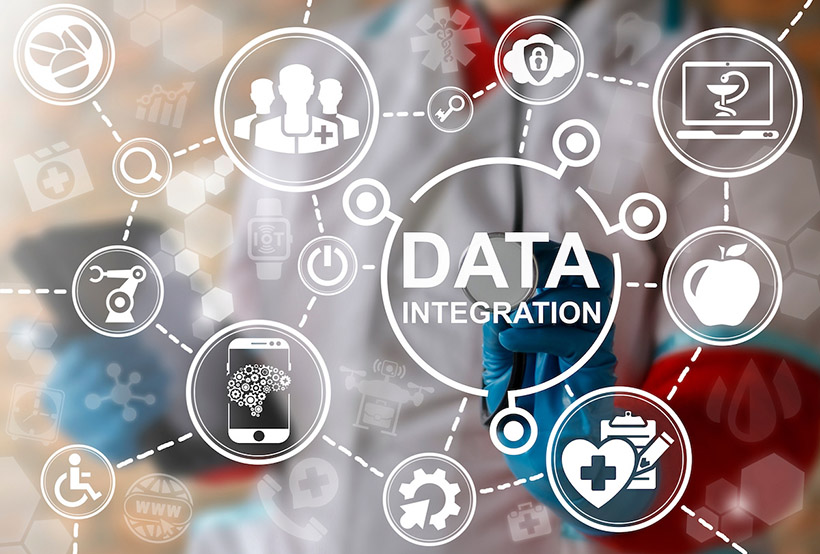
The most widely used data integration technique is extract, transform and load (ETL), which pulls data from source systems, converts it into a consistent format and then loads the integrated data into a data warehouse or other target system. However, data integration platforms now also support a variety of other integration methods. That includes extract, load and transform (ELT), a variation on ETL that leaves data in its original form when it’s loaded into the target platform. ELT is a common choice for data integration and data lakes and other big data systems.
ETL and ELT are batch integration processes that run at scheduled intervals. Our data management teams can also do real-time data integration, using methods such as change data capture, which applies changes to the data in databases to a data warehouse or other repository, and streaming data integration, which integrates streams of real-time data on a continuous basis. Data virtualisation is another integration option that we use an abstraction layer to create a virtual view of data from different systems for end users instead of physically loading the data into a data warehouse.
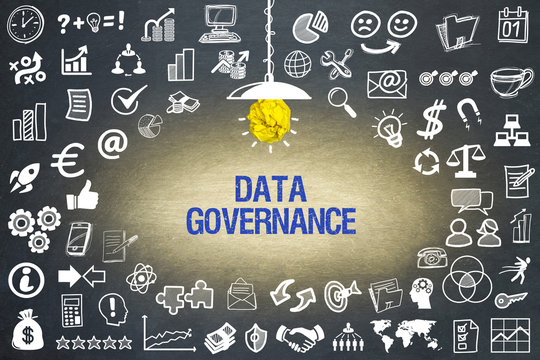
Data Governance, Security, and Compliance
Data Governance is a collection of rules and responsibilities for ensuring data availability, quality, compliance, and security across the organisation. Data governance establishes the infrastructure and names the individuals (or positions) within an organisation that have both the authority and the responsibility for the handling and safeguarding of specific kinds and types of data. Data governance is a key part of compliance.
The systems will take care of the mechanics of storage, handling, and security – it is the people side, the governance side, that ensures that the data is accurate to begin with and is handled and protected properly before being entered into the system, while being used, and when retrieved from the system for use or storage elsewhere. Governance specifies how responsible individuals use processes and technologies to manage and protect data.
Data governance is closely associated with data quality improvement efforts. We will help you to ensure that data quality levels are high as a key part of effective data governance, and metrics that document improvements in the quality of your organisation’s data are central to demonstrating the business value of governance programs. We use the key data quality techniques supported by various software tools include the following:
- Data profiling, which scans data sets to identify outlier values that might be errors;
- Data cleansing, also known as data scrubbing, which fixes data errors by modifying or deleting bad data;
- Data validation, which checks data against pre-set quality rules.
Of course, data security is a major concern in today’s world of hackers, viruses, cyberattacks, and data breaches. We will help you to set up data governance systems properly and administered to protect the data.
Business Intelligence and Analytics
Data is a massive and valuable asset that has a potential to transform operations and foster productivity growth. But to be useful, data needs to be mined, refined and transformed into actionable insights that fuel informed business decisions. Effective data analysis is the foundation of a comprehensive business intelligence strategy that meets the needs of a modern business.
Our Business Intelligence services will help you to step into a data-driven world and modernize your existing business analytics systems and infrastructure. We will help you to extract insights from the data you are collecting and turn it into valuable information with interactive dashboards using tools such as Power BI, Tableau, Amazon Quicksight, or Grafana.

Reliable data analysis and reporting will guide you to faster and more consistent growth.
The power of today’s data management systems lies, to a great extent, in the ad-hoc retrieval tools that allow users with a minimum amount of training to create their own on-screen data retrievals and print-out reports with surprising flexibility in formatting, calculations, sorts, and summaries. In addition, professionals can use these same tools or more sophisticated analytics tool sets to do even more in the way of calculations, comparisons, higher math, and formatting. New analytics applications are able to bridge across traditional databases, data warehouses, and data lakes to allow incorporation of Big Data with business application data for better forecasting, analysis, and planning.

Data Migration
If you need a quick, efficient and secure data migration service with no disruption to your business, our experts can help.
Data is one of your key operational assets. Because of its importance, data migration projects can make companies nervous, especially given the increasing complexity of data integration thanks to the number of file formats, the volume and the requirement to share existing data.
When you’re considering adopting a new system, we understand how important a sound data migration strategy is. No company wants the uncertainty of huge amounts of downtime, business disruption or worse – the possibility of lost data.
With our expert team that has experience of managing complex data migration scenarios, you can rely on Goaltech to ensure the process goes smoothly.